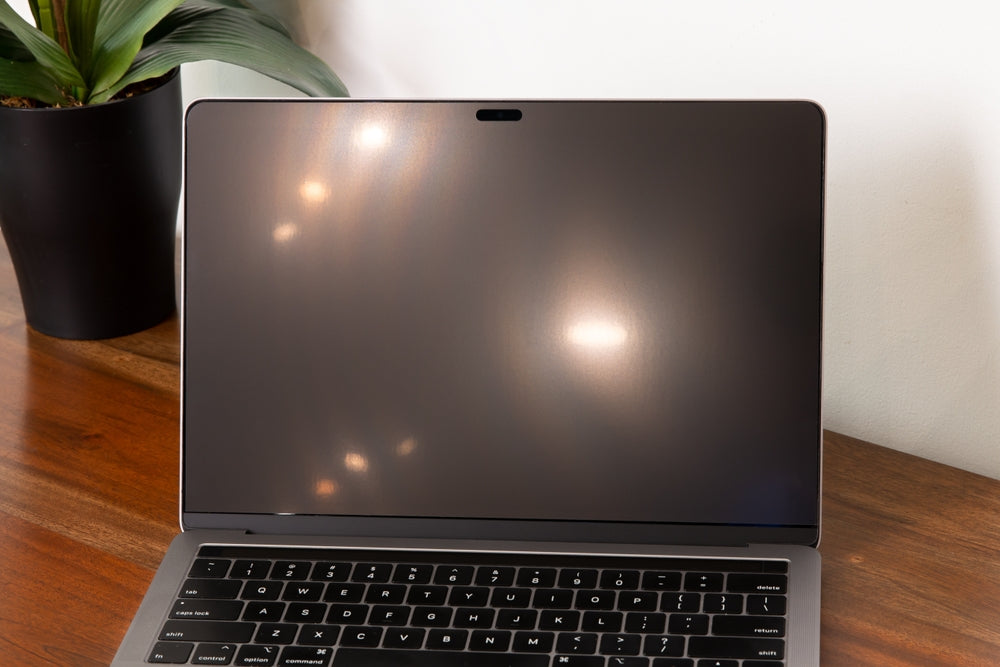
Surface Treatment of Polarizers

Polarizers without any surface treatment are usually called clear polarizers. Typically, the lower polarizer (attached to the array substrate) of a display is a clear polarizer. However, the upper polarizer (attached to the color filter substrate), being on the outermost surface of the display, usually undergoes surface treatments to meet various application requirements. Common surface treatments include anti-reflective (AR), anti-glare (AG), and hard-coating (HC) treatments.
Clear Polarizer
When a polarizer’s surface is untreated, about 5% of light is typically lost due to reflection. Additionally, strong ambient light can cause the clear polarizer to reflect external light significantly, adversely affecting the display’s contrast and viewing experience.
Anti-Reflective (AR) Treatment
To mitigate reflection, the TAC layer of the polarizer is coated with an anti-reflective substance that reduces reflection through light interference. Although AR-treated polarizers are more expensive, costing 2 to 3 times more than standard polarizers, they are commonly used in high-value applications like outdoor, semi-outdoor, or special displays.
Anti-Glare (AG) Treatment
Untreated polarizers can cause strong mirror-like reflections under intense ambient light, leading to glare, which hinders viewing and causes eye strain over prolonged periods. AG treatment involves creating a textured surface on the TAC layer that disperses reflected light evenly in all directions, effectively reducing glare. AG-treated polarizers are widely used in products such as desktop monitors and tablets.
Hard-Coating (HC) Treatment
Clear polarizers generally have a surface hardness of less than 2H, making them susceptible to scratches and unsuitable for some applications. Hard-coating treatment involves applying a hard layer on the TAC surface to enhance the hardness, wear resistance, and corrosion resistance of the polarizer. After treatment, the surface hardness of the polarizer typically exceeds 3H.
